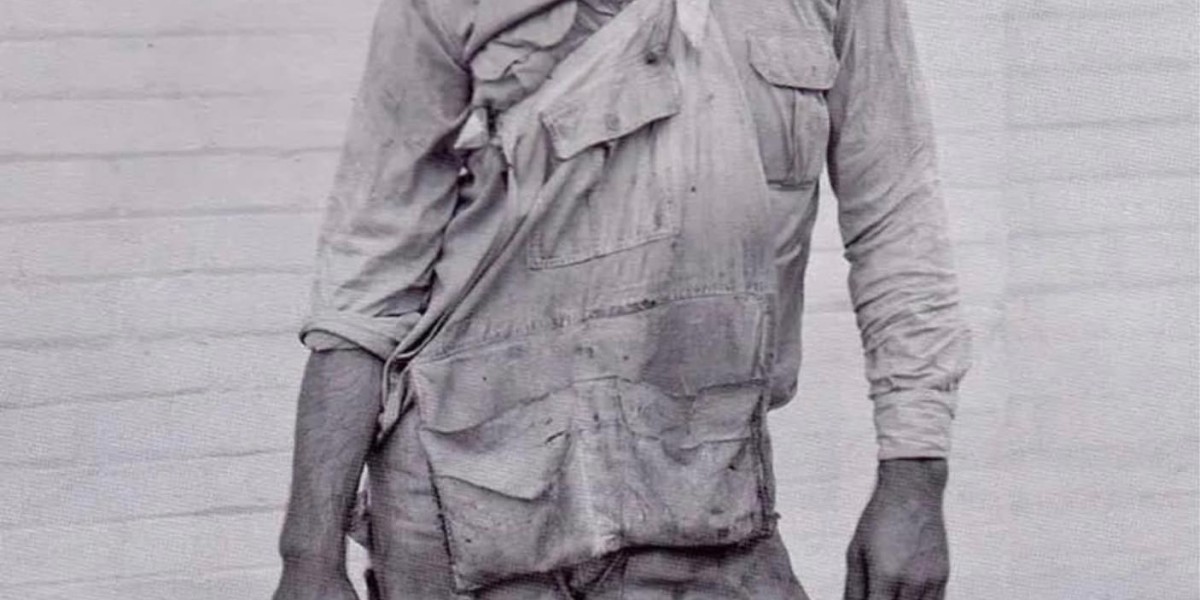Introduction: Imagine a time when the Ice Man delivered cool relief on hot days, carrying massive 25 lb blocks of ice through the streets of Houston, Texas, in 1928. This was the heyday of the ice trade, a once-lucrative business that shaped the way people kept things cool in the 19th and early 20th centuries.
The Ice King's Legacy: In 1806, a man named Frederic Tudor, aptly nicknamed the "Ice King," kickstarted the ice trade in New England. His ingenious idea involved shipping ice to wealthy clients in the Caribbean. Tudor's business flourished, expanding to Cuba and the southern United States. Before long, his ice was making its way to far-flung corners of the globe, reaching places like India, Australia, China, and South America.
The Frosty Business Boom: During its peak, the ice trade was a massive industry in the U.S., employing a staggering 90,000 people and 25,000 horses. The demand for ice skyrocketed during World War I, providing a chilling respite for those on the frontlines. However, as the war concluded, the ice trade faced an unexpected foe: the rise of refrigeration cooling systems.
The Meltdown: By the 1930s, the ice trade experienced a cold snap as modern refrigerators became increasingly common in homes. The 1950s marked the near-universal adoption of these refrigerators in both the U.S. and Europe, spelling the end of the ice trade's glory days.
Conclusion: In conclusion, the story of the ice trade, from the Ice Man's deliveries to the global industry it became, is a fascinating journey through time. Frederic Tudor's daring venture and the subsequent rise and fall of the ice trade mark an era of innovation and adaptability. As technology advanced, the convenience of modern refrigeration ultimately led to the decline of the once-thriving ice trade. The legacy of the Ice King lives on in the nostalgic memories of a time when 25-pound blocks of ice brought cool relief on hot days.








